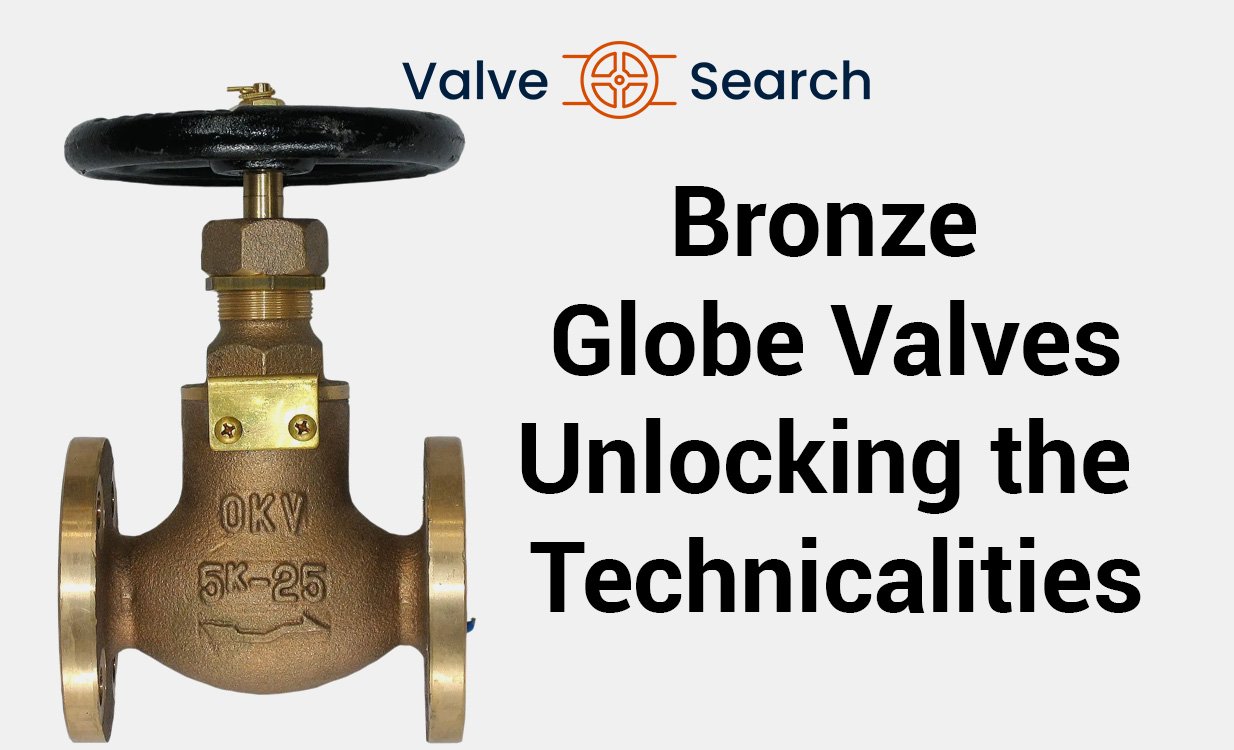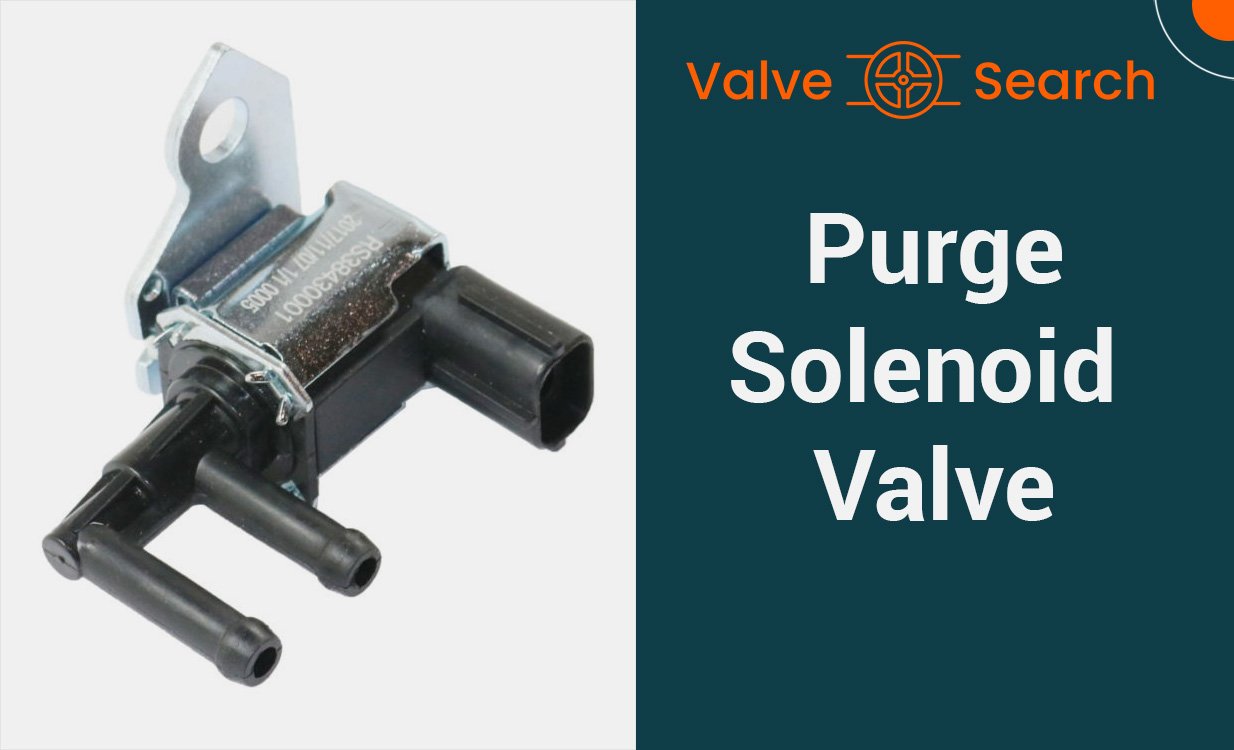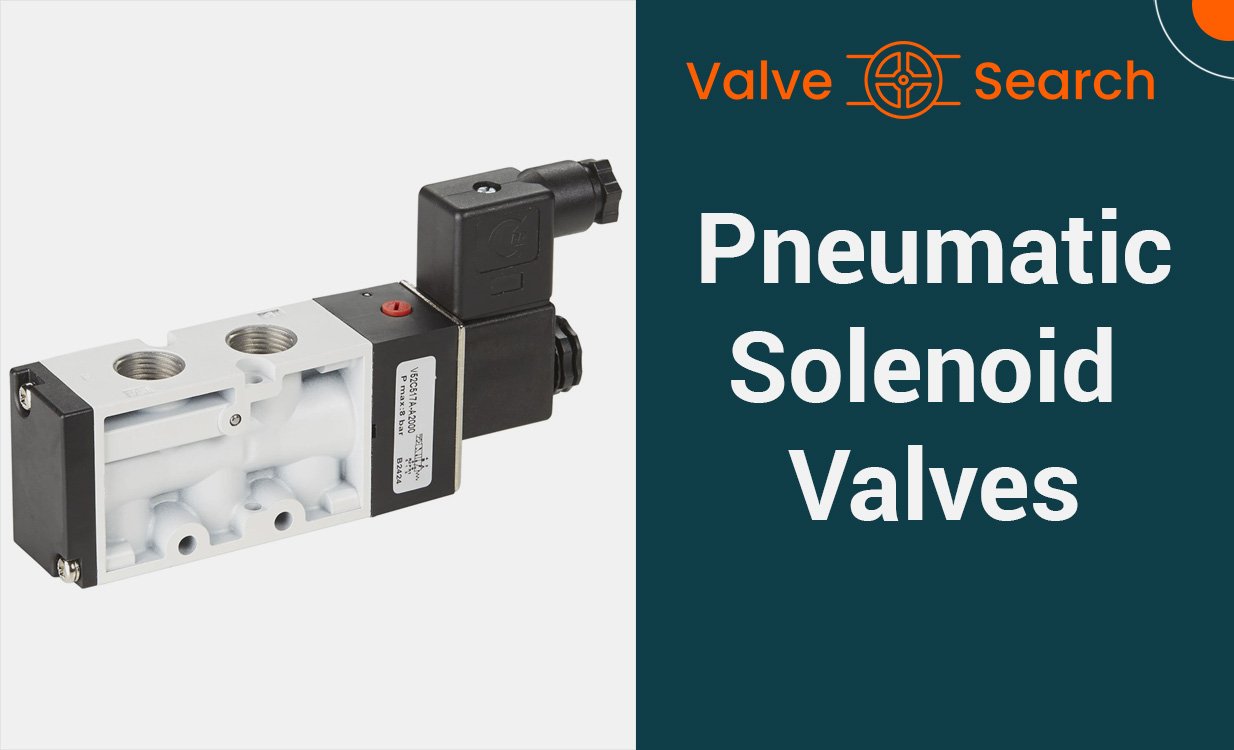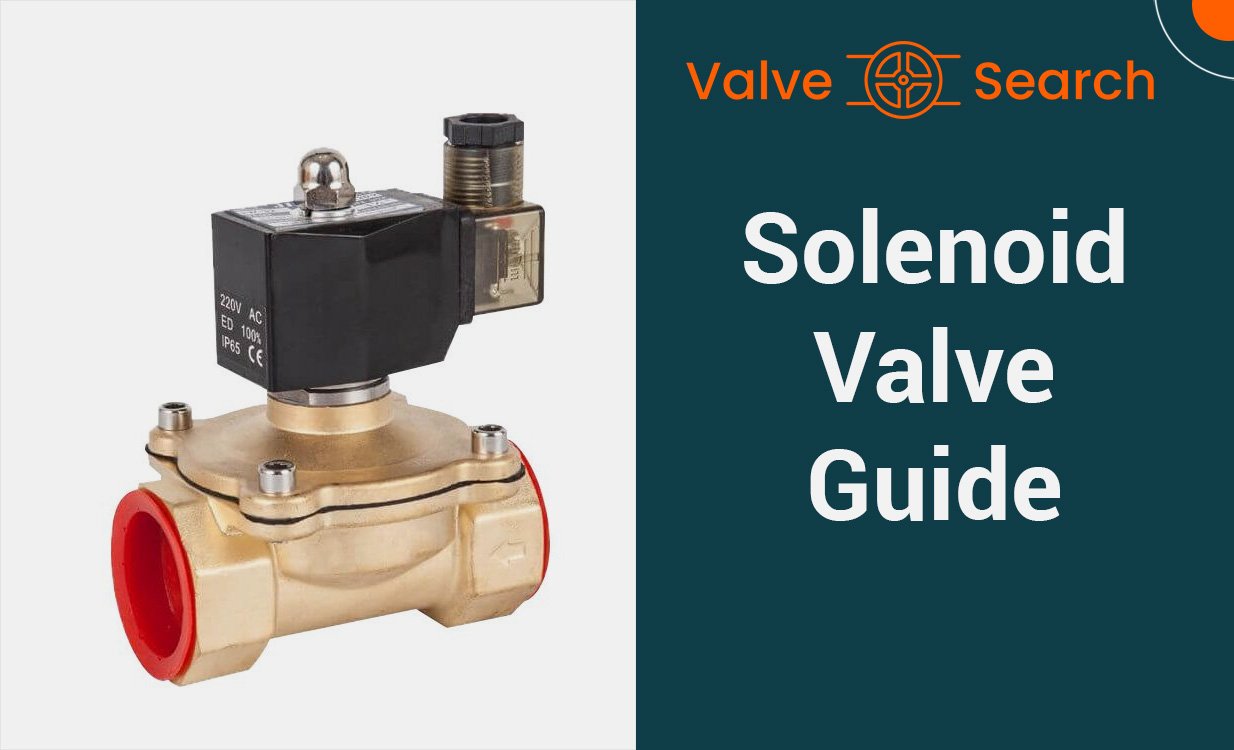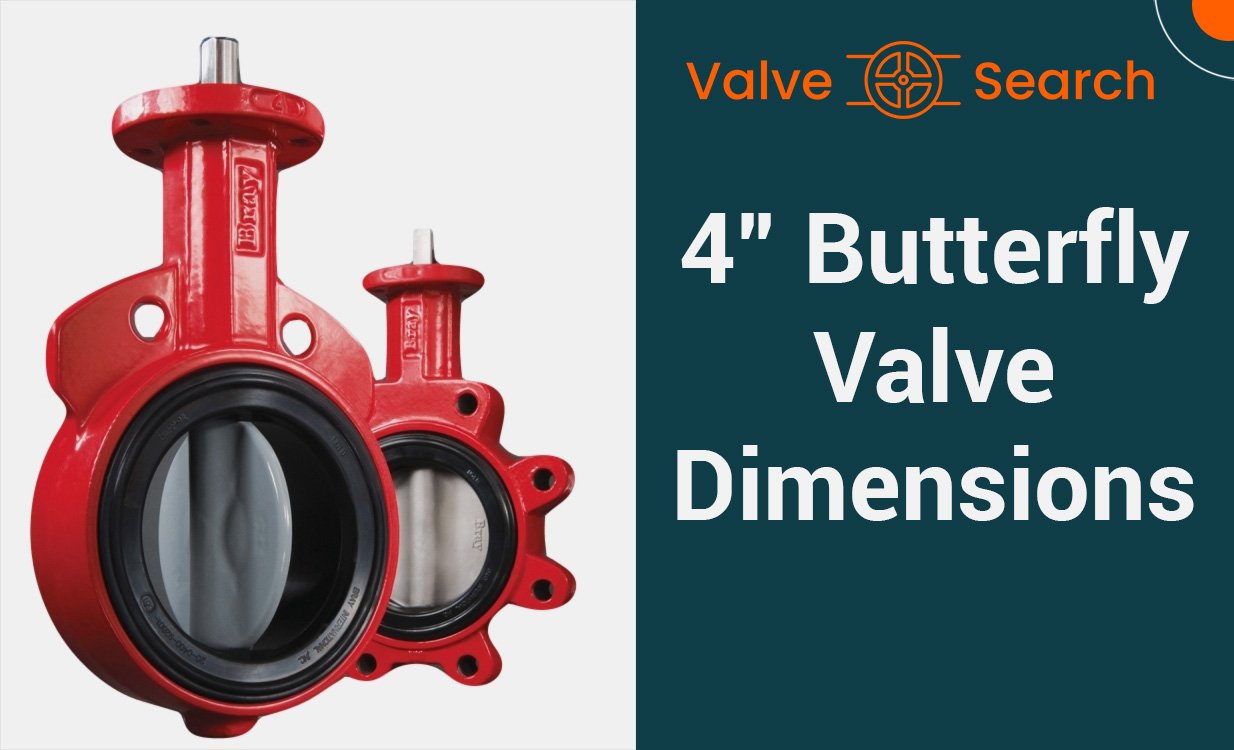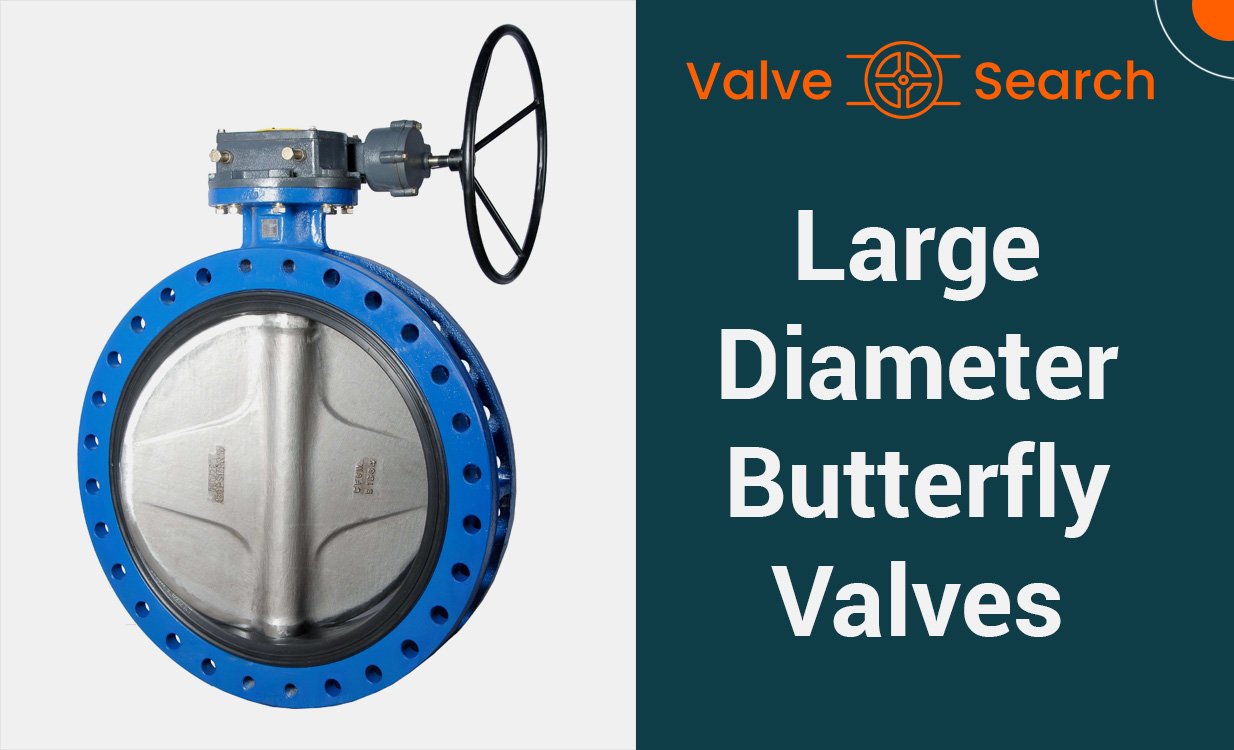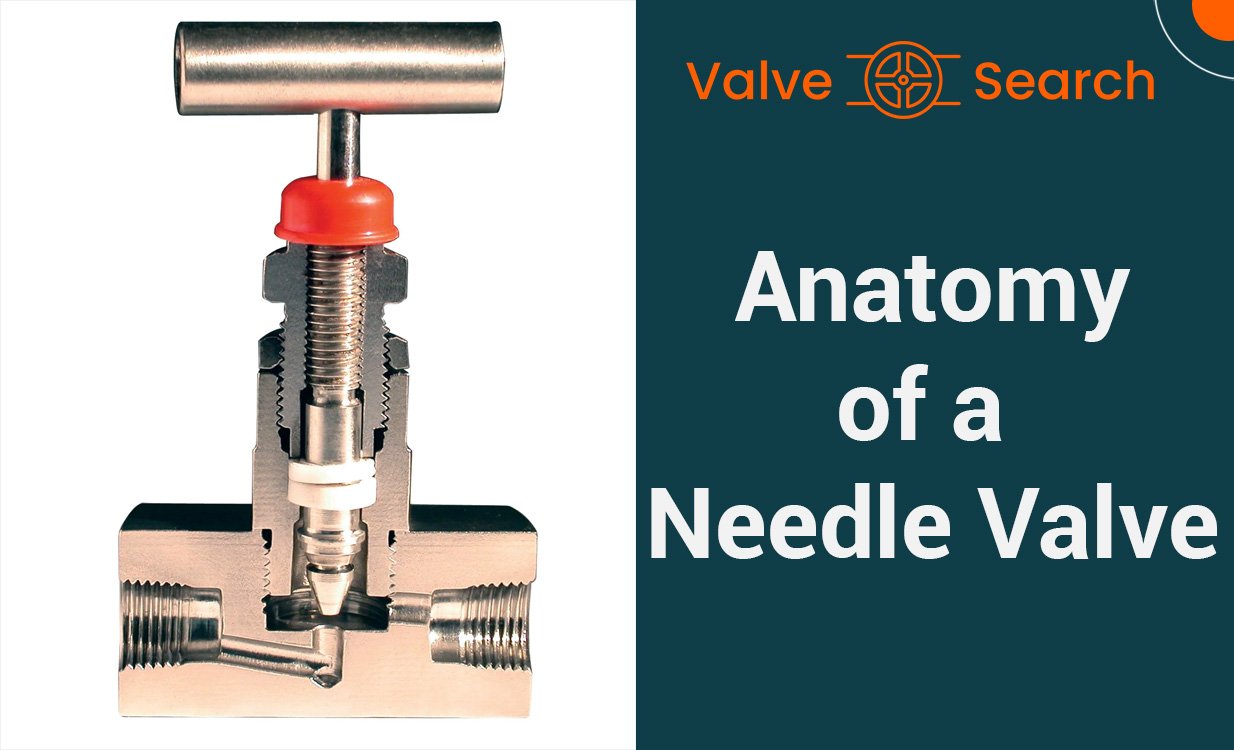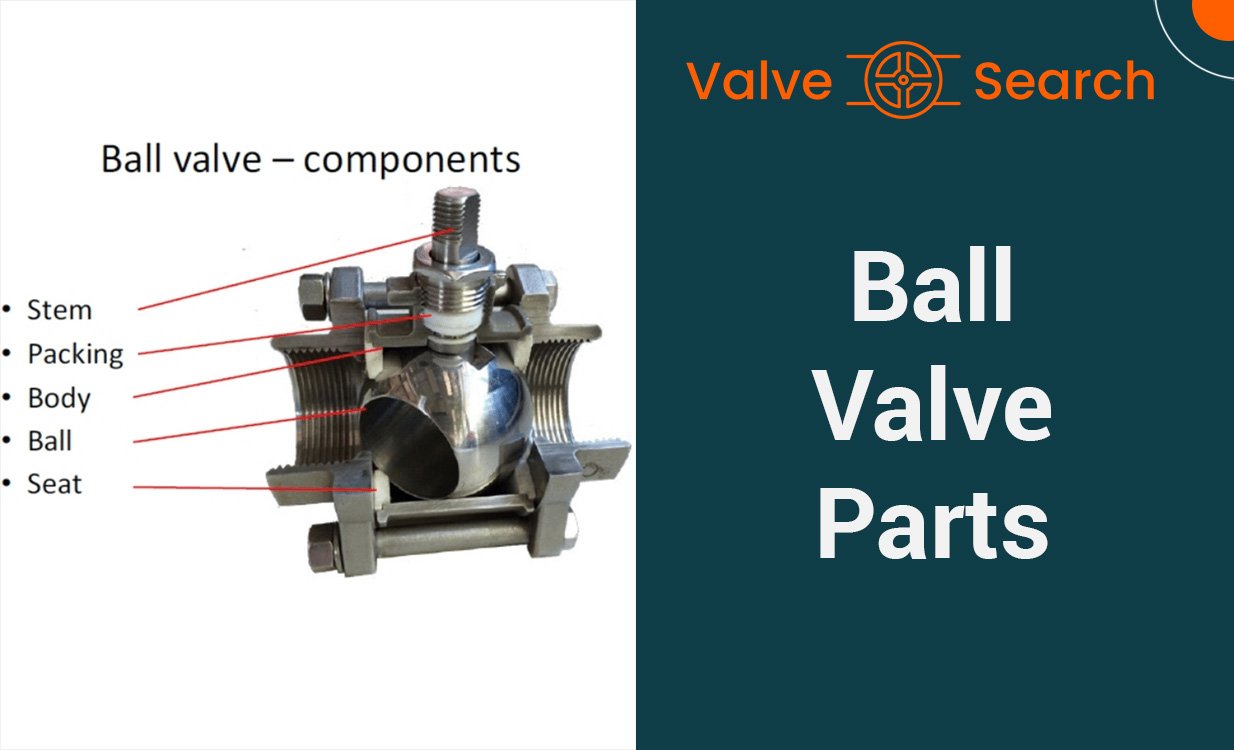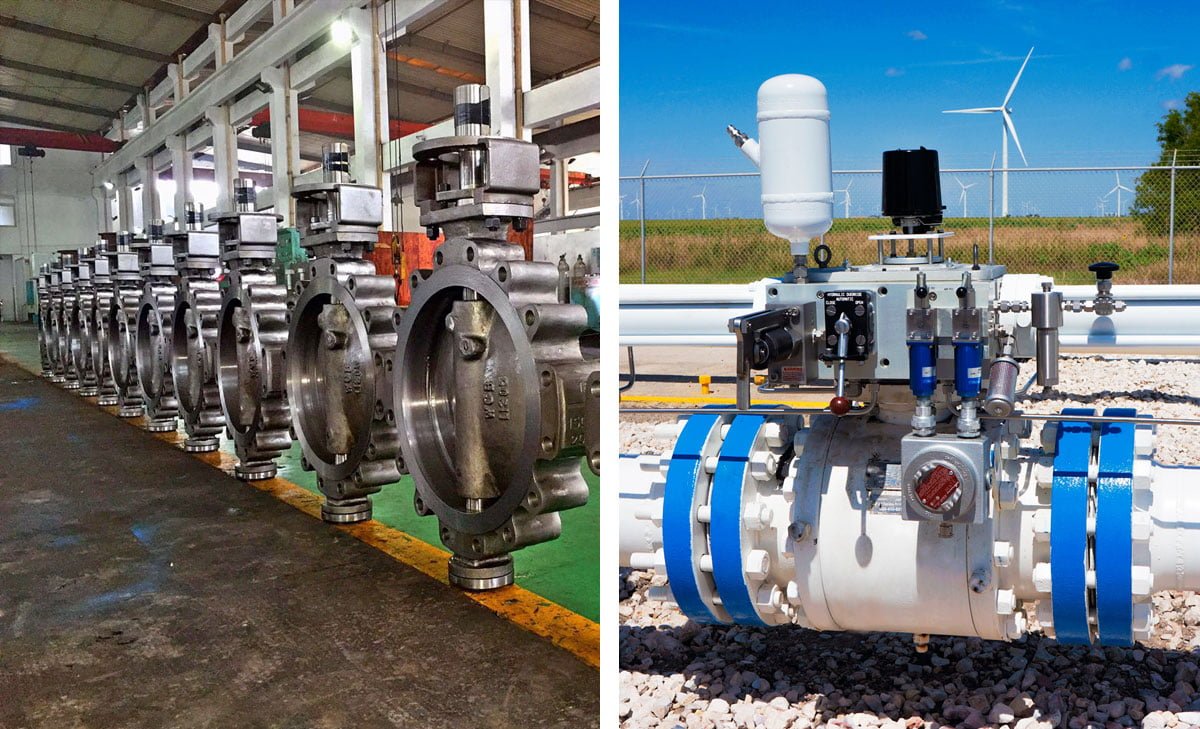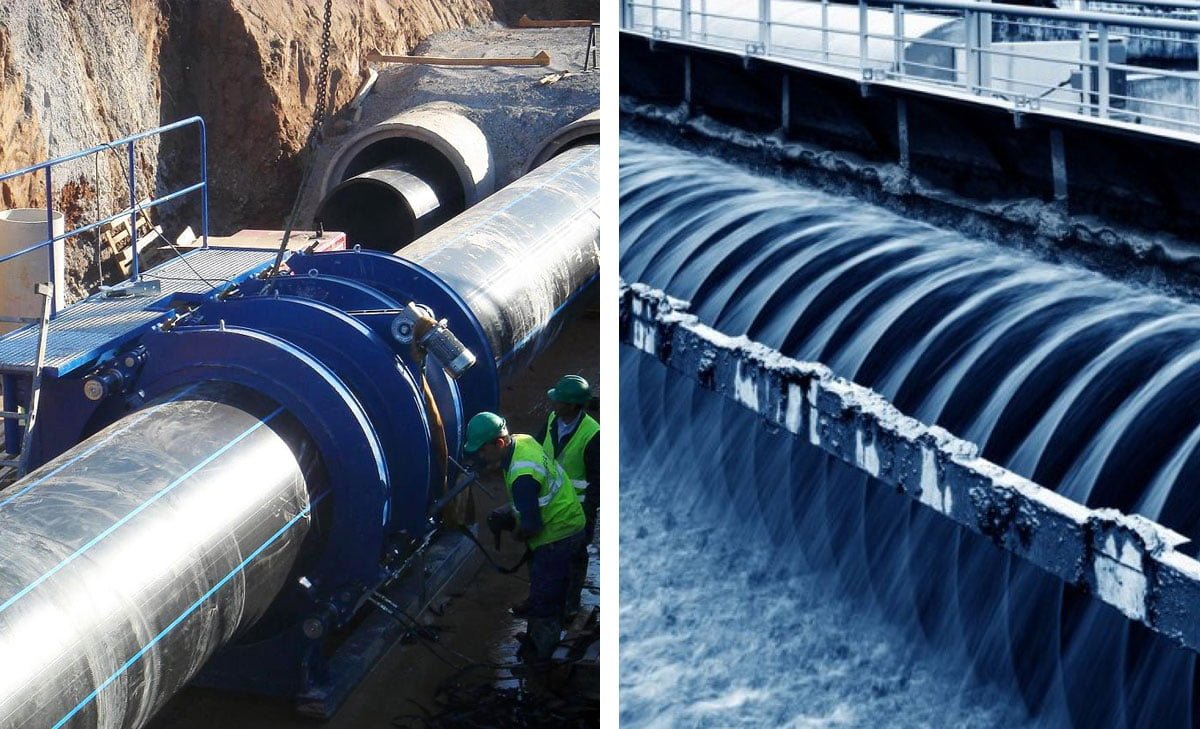Wafer Butterfly Valve: Operation, Applications, and Maintenance

Table of Contents
ToggleThe Complete Guide to Wafer Butterfly Valves: Operation, Applications, and Maintenance
A wafer butterfly valve is a crucial component in controlling the flow of materials in various industries such as oil and gas, chemical processing, and food processing. Unlike lug-style butterfly valves, wafer-style butterfly valves are designed to clamp between two flanges in the pipeline and cannot be used as pipe ends. This type of valve requires the entire line to be shut down for maintenance on either side of the valve. The selection between a lug-style and wafer-style butterfly valve depends on specific project requirements and applications.
Understanding Butterfly Valves
Butterfly valves are a type of quarter-turn valve widely used for on-off and modulating services. They consist of a disk connected to a rod, enabling quick operation and precise flow control. Understanding the basic design, operation, and common uses of butterfly valves is crucial for their effective application.
Basic Design of Butterfly Valves
The design of a butterfly valve includes essential components such as the body, seal, disc, and stem. The disc is positioned in the center of the connected piping, and the stem connects to an actuator or handle for external control. In the closed position, the disc is perpendicular to the flow, effectively sealing against the valve seat. This simple yet efficient construction allows for reliable isolation and regulation of fluid flow.
Operation of Butterfly Valves
The operation of butterfly valves hinges on the 90° rotation of the disc, which directly impacts the flow of fluids. When the valve opens, the disc rotates to align parallel to the flow direction, enabling unobstructed passage of the fluid. Conversely, closing the valve involves rotating the disc by a quarter turn to a position perpendicular to the flow, effectively halting the flow. This straightforward operation facilitates swift and precise flow management.
Common Uses of Butterfly Valves
Butterfly valves find widespread application across various industries due to their versatility and cost-effectiveness. Common uses include regulating the flow of water, air, and non-aggressive gases in HVAC systems, water treatment plants, and power generation facilities. They are also employed in food and beverage processing, pharmaceutical manufacturing, and chemical processing plants. The ability of butterfly valves to handle large orifice sizes further extends their utility in diverse industrial processes.
By comprehending the fundamental aspects of butterfly valves, including their design, operation, and applications, users can make informed decisions regarding their implementation in different fluid handling systems.
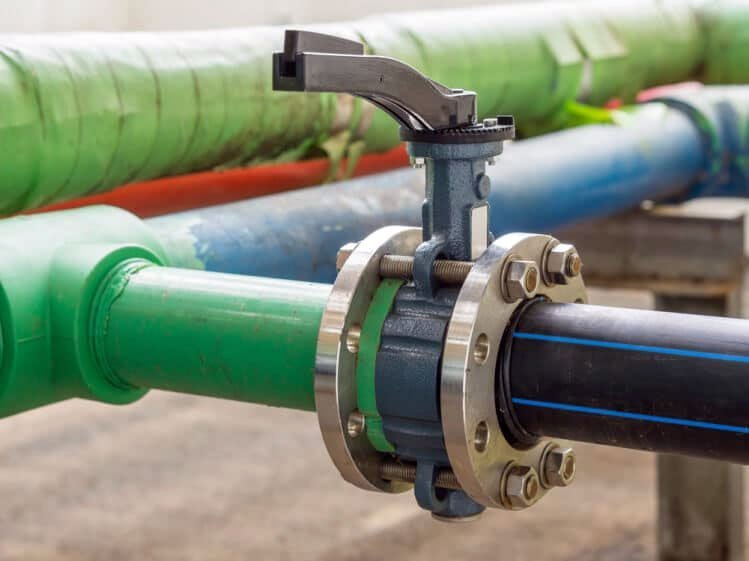
Advantages of Wafer Butterfly Valves
Wafer butterfly valves offer several advantages that make them a popular choice in various industrial applications. These valves are designed to control the flow of a fluid within a piping system. Here are some of the key benefits of wafer butterfly valves:
- Cost-Effective Solution: Wafer butterfly valves are known for their cost-effectiveness. The design of these valves allows for easy installation and maintenance, which can result in cost savings for the user.
- Lightweight Design: The lightweight construction of wafer butterfly valves makes them easy to handle and install. This can be particularly beneficial in applications where space is limited, as the compact design of these valves allows for efficient use of space.
- Efficient Flow Control: These valves are capable of providing efficient flow control, making them suitable for a wide range of industrial processes. The disc of the valve is positioned in the center of the pipe, allowing for a quick response to changes in flow rate.
- Versatility: Wafer butterfly valves are suitable for use in various industries, including water treatment, HVAC, chemical, and food processing. Their versatility makes them a popular choice for many applications.
- Reduced Pressure Drop: Compared to other types of valves, wafer butterfly valves typically have a lower pressure drop, which can contribute to energy savings and improved system performance.
In terms of performance, wafer butterfly valves have been found to provide reliable and efficient operation in a range of applications. Their compact design, ease of installation, and cost-effectiveness make them a practical choice for many industrial processes.
For further information on wafer butterfly valves, you can refer to industry-specific websites and technical resources that provide in-depth technical data and case studies to support their advantages. These resources can provide expanded information on the design, materials, and performance characteristics of wafer butterfly valves, helping to inform your decision for specific applications.
Differences Between Lug Style and Wafer Style Butterfly Valves
Lug Style Butterfly Valves
Lug style butterfly valves are designed with threaded lugs on the valve body. These lugs allow for easy installation between two pipeline flanges using bolts. The valve remains stationary in the pipeline, offering a secure and stable connection. This style of valve is ideal for applications where the pipeline system requires dismantling without affecting the companion flanged equipment. However, it’s important to note that the use of additional gaskets and longer bolts may be required when installing lug butterfly valves, adding to the overall cost and complexity of the system.
Wafer Style Butterfly Valves
On the other hand, wafer style butterfly valves are more compact and lighter in weight compared to lug style valves. They are designed to fit directly between two flanges without the need for additional bolts and nuts, simplifying the installation process. The slim profile of wafer style valves makes them a popular choice for applications with limited space. However, it’s essential to ensure proper alignment during installation to prevent any potential leakage. Additionally, the compact design of wafer style butterfly valves may result in lower operating torque, making them suitable for a wide range of industrial and commercial applications.
Deep Dive into Wafer Butterfly Valves
The Anatomy of a Wafer Butterfly Valve
A wafer butterfly valve consists of a simple yet effective design. The main components include a round disc, a stem, and a sealing gasket. The round disc is positioned in the center of the pipe and is connected to the stem. When the valve is in the open position, the disc allows for unobstructed flow.
How Wafer Butterfly Valves Create a Seal
When the valve is in the closed position, the disc rotates perpendicular to the flow, creating a seal against the rubber gasket. This seal effectively stops the flow of the media running through the pipe. The disc’s positioning allows for a tight shut-off, making wafer butterfly valves ideal for various applications.
Materials Used in Wafer Butterfly Valves
Wafer butterfly valves are typically constructed using materials such as stainless steel, carbon steel, ductile iron, and PVC. The choice of material depends on the specific application and the type of media that will be flowing through the system. These materials are selected for their durability, corrosion resistance, and ability to handle different pressure and temperature conditions.
By understanding the anatomy of a wafer butterfly valve, how it creates a seal, and the materials used in its construction, you can appreciate the effectiveness and versatility of this essential industrial component.
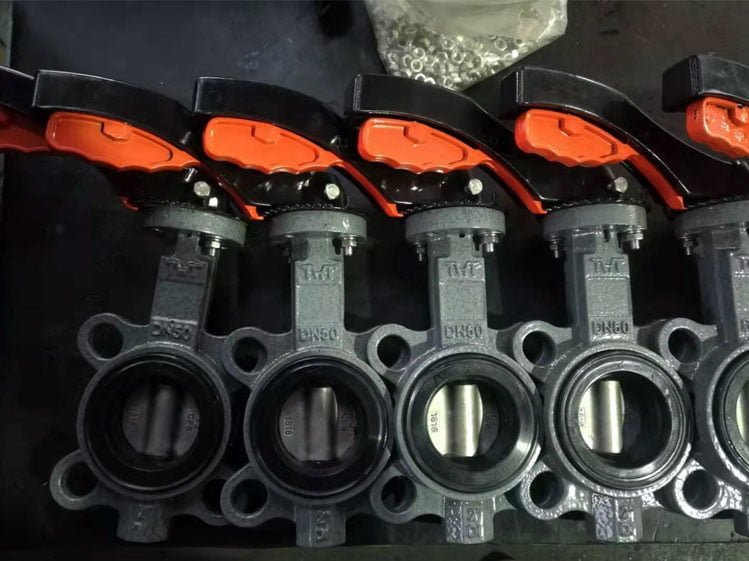
Working Mechanism of Wafer Butterfly Valves
The Role of the Disc in Flow Regulation
The disc in a wafer butterfly valve plays a critical role in regulating the flow of fluid. When the valve is in operation, the disc plate rotates to control the flow of the medium. By rotating the disc plate 90°, the valve achieves flow control. When the disc reaches a 90° angle, it indicates that the valve is in a fully open state. The angle of the disc can be adjusted to effectively regulate the flow of the medium, making the wafer butterfly valve a versatile choice for flow regulation.
Quarter-Turn Operation Explained
Wafer butterfly valves are known for their quarter-turn operation. This means that the valve can be easily and efficiently controlled with just a 90° rotation of the disc plate. The simplicity and effectiveness of this quarter-turn operation make wafer style butterfly valves a popular choice for various applications where quick and precise flow control is essential.
Actuation Options
Wafer butterfly valves offer versatile actuation options, including manual, electric, and pneumatic actuation. Manual wafer butterfly valves are operated by hand, providing ease of use and straightforward control. Electric and pneumatic actuation options offer automated operation, making it possible to integrate wafer butterfly valves into advanced control systems for enhanced efficiency and reliability. These different actuation options cater to diverse operational requirements, allowing for seamless integration of wafer butterfly valves into various industrial processes.
Applications of Wafer Butterfly Valves
Industries That Rely on Wafer Butterfly Valves
Wafer butterfly valves are widely used in various industries due to their versatility and reliability. Some of the key industries that rely on wafer butterfly valves include:
- Chemical processing plants
- Water and wastewater treatment facilities
- HVAC systems
- Pharmaceutical and biotech industries
- Food and beverage processing
- Power generation plants
Selecting the Right Valve for Your Project
When it comes to selecting the right wafer butterfly valve for your project, it’s essential to consider several factors. These include:
- Flow requirements: Assess the flow characteristics of your system to determine the type and size of the valve needed to ensure optimal performance.
- Pressure and temperature: Consider the operating pressure and temperature conditions to select a valve that can withstand the specific demands of your application.
- Material compatibility: Choose a valve constructed from materials that are compatible with the fluids and substances being handled to prevent corrosion and ensure longevity.
- Actuation method: Decide whether manual or automated actuation is more suitable for your operational needs, taking into account factors such as control precision and system integration.
By carefully assessing these factors, you can make informed decisions when selecting wafer butterfly valves for your projects, ensuring seamless functionality and long-term efficiency.
Step-by-Step Installation Guide for Wafer Butterfly Valves
When preparing to install a wafer butterfly valve, it’s important to consider the following steps:
1. Storage Conditions:
- Protect the valve from dust and debris by keeping it stored in its packaging until installation.
- Store the valve in a cool, well-ventilated space, especially if it’s for a longer period.
2. Orientation and Material Verification:
- Install the valve upright when possible to reduce shaft load caused by the actuator or gearbox.
- Verify the material of the valve, seat, and disc for any defects due to storage or transportation.
3. Pressure Rating and Flange Preparation:
- Check the pressure rating of the valve against the application requirement.
- Ensure the flange surface is clean and free from rust and debris, and that it’s not warped or misaligned.
4. Installation Process:
- Complete all welding work before valve installation, ensuring the flange has cooled to ambient temperature.
- Clean the pipe and flange surfaces thoroughly to remove any residue, waste, or debris.
- Align the butterfly valve correctly with the flange to prevent future operation issues.
5. Bolt Tightening and Final Checks:
- Install spacing bolts without damaging the valve seat and adjust the face-to-face of the flanges.
- Before tightening the bolts, operate the valve to ensure it moves freely and doesn’t catch on the pipework or flange.
- Tighten the bolts in stages to ensure even pressure and proper sealing.
How to Maintain Your Wafer Butterfly Valve
Maintenance of wafer butterfly valves is essential for their longevity and optimal performance. Here are key maintenance practices:
1. Regular Inspection:
- Periodically inspect the valve for any signs of wear, corrosion, or leakage.
- Check for smooth operation and ensure that the valve opens and closes as intended.
2. Lubrication:
- Apply a suitable lubricant to ensure the smooth movement of the valve’s components.
- Lubricate the shaft and bearings to minimize friction and extend the valve’s lifespan.
3. Seal Replacement:
- Replace the valve seals if they show signs of wear or deterioration to prevent leakage.
- Ensure that the seals are compatible with the specific operating conditions of the valve.
4. Cleanliness and Protection:
- Keep the valve and surrounding area clean to prevent the accumulation of dirt and debris.
- Protect the valve from environmental factors that may lead to corrosion or damage.
Troubleshooting Common Issues
Addressing common issues that may arise with wafer butterfly valves involves:
Leakage:
- Identify the source of leakage and inspect the seals and gaskets for damage or misalignment.
- Realign or replace the seals to resolve leakage issues and restore proper sealing.
Operational Stiffness:
- Investigate any stiffness in the valve’s operation and check for obstructions or misalignment.
- Lubricate the valve components and ensure that they move smoothly without resistance.
Corrosion and Wear:
- Examine the valve for signs of corrosion or wear, particularly in high-stress areas.
- Implement corrosion prevention measures and consider component replacement if necessary.
By adhering to these maintenance and troubleshooting practices, you can ensure the reliable performance of wafer butterfly valves and mitigate potential operational issues.
Conclusion
In conclusion, a wafer-style butterfly valve is an essential component in controlling the flow of materials in various industries such as oil and gas, chemical processing, water and wastewater transportation, and more. Its design allows for a strong seal between the valve and flange connection, making it a reliable choice for many applications. The decision between a lug-style and wafer-style butterfly valve ultimately depends on specific project requirements and the nature of the material flow.
FAQ about Wafer Butterfly Valves
A wafer-style butterfly valve is a type of quarter-turn valve that is used to regulate or isolate the flow of a fluid in a pipeline. It is designed to fit between two pipeline flanges without the need for additional flange gaskets.
A wafer butterfly valve operates by turning a metal disc with a central pivot to control the flow of fluid in a pipeline. When the valve is open, the disc is parallel to the flow, allowing for unrestricted flow. When closed, the disc is perpendicular to the flow, obstructing the flow of fluid.
Wafer butterfly valves are commonly used in HVAC, water treatment, chemical processing, and other industrial applications. They are suitable for both on/off and throttling applications where space and weight are limited.
When selecting a wafer butterfly valve, consider factors such as the type of fluid, operating pressure and temperature, flow control requirements, and the compatibility of valve materials with the fluid. Consulting with a qualified valve supplier can help ensure the right valve is chosen for the specific application.
Wafer butterfly valves can be made from a variety of materials, including cast iron, ductile iron, stainless steel, carbon steel, and PVC. The choice of material depends on the specific application, operating conditions, and the type of fluid being handled.
Regular maintenance of wafer butterfly valves involves inspecting the valve for leaks, corrosion, and wear, as well as lubricating the moving parts and replacing any damaged or worn components. Following the manufacturer’s recommended maintenance schedule is crucial to ensuring the long-term performance of the valve.

